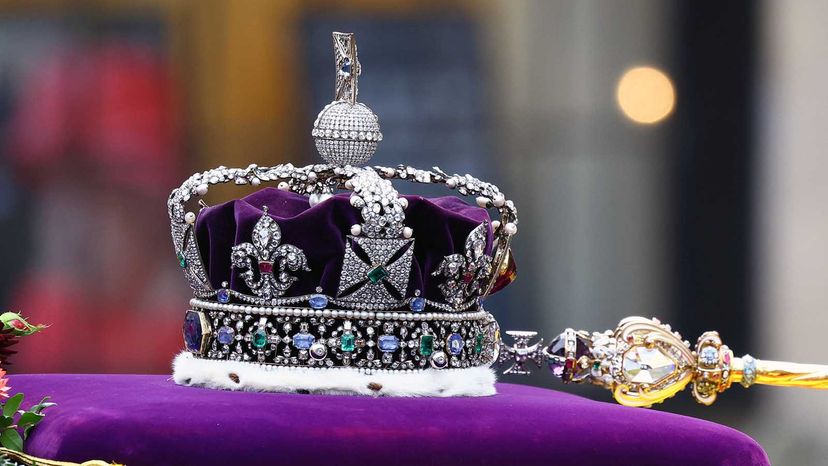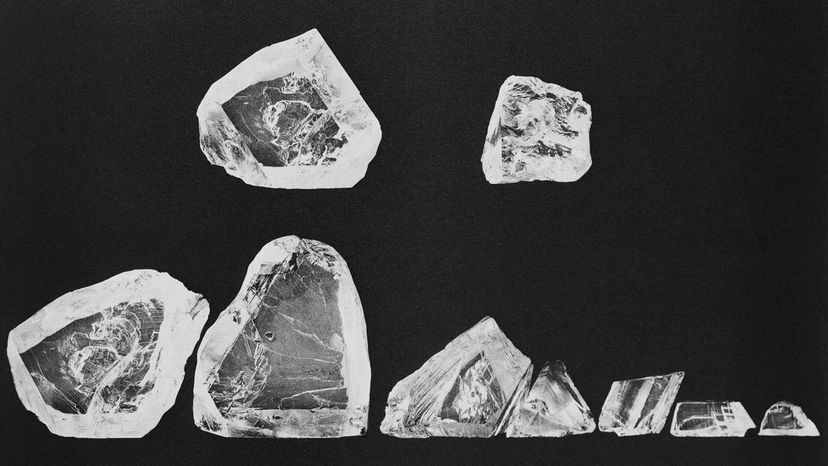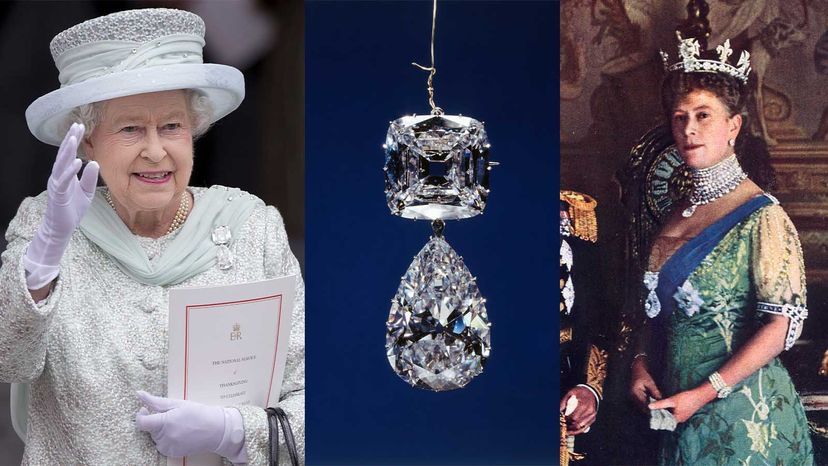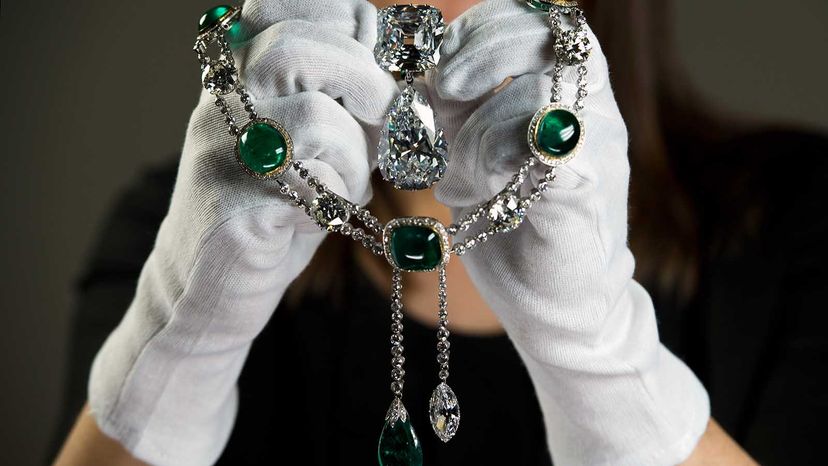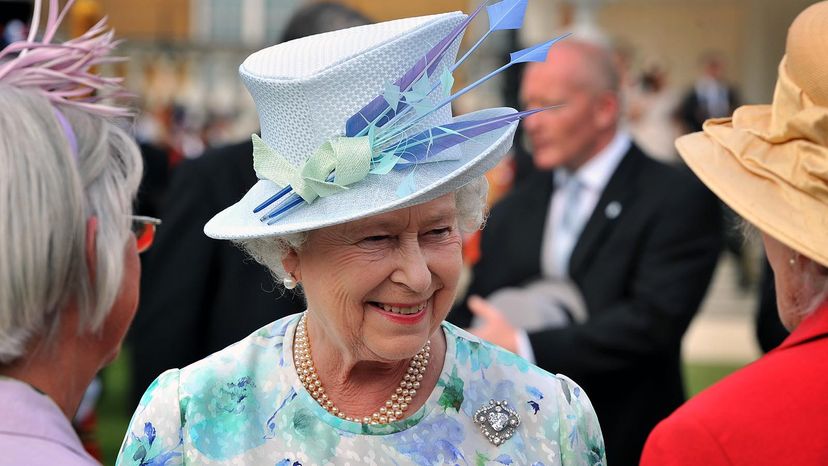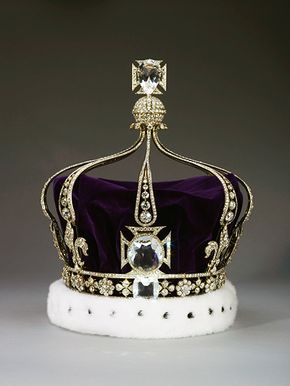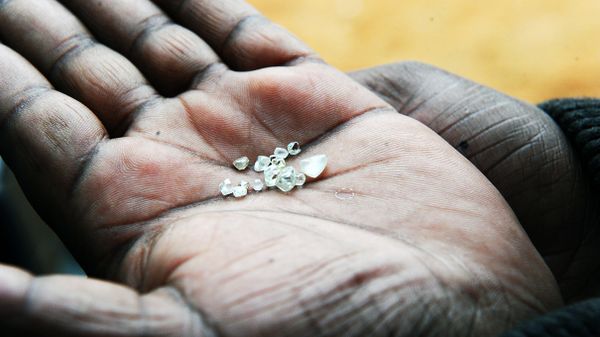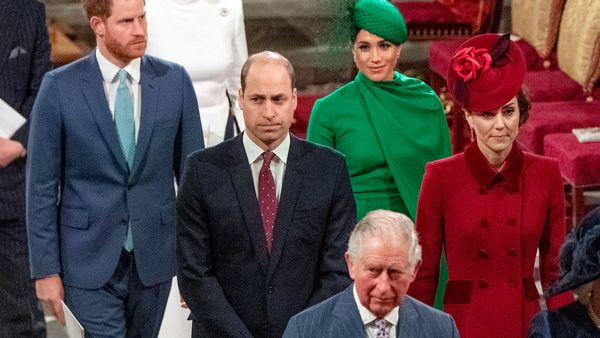GIA's Smith made headlines in 2016 when he and his colleagues published groundbreaking findings in the journal Science showing that very large and strikingly clear diamonds like the Cullinan are formed hundreds of miles deeper inside Earth than 99 percent of the world's gem diamonds.
"Diamonds are already an incredibly unique geological material," Smith says. "Yet even within the realm of diamonds, diamonds like the Cullinan are a special category that form in a slightly different way and have their own really unique properties."
Almost all the standard diamonds that adorn engagement rings and earrings are formed around 90 to 125 miles (150 to 200 kilometers) below the surface in the lithosphere, which corresponds to the base layers of the thickest sections of continental plates. At GIA, Smith was able to examine much rarer and more expensive diamonds called CLIPPIR diamonds, an acronym for the qualities of these prized gems: Cullinan-like, large, inclusion-poor, pure, irregular and resorbed.
Inclusions are tiny specks of minerals trapped inside diamonds that affect their clarity. CLIPPIR diamonds like the Cullinan have almost no inclusions, but by examining the few impurities he could find in hundreds of large diamonds, Smith concluded that CLIPPIRs formed at depths closer to 410 miles (660 kilometers) where liquid metal churns inside Earth's mantle.
"Super-deep" diamonds like the Cullinan are thrust to the surface and mixed with shallower diamonds during a particularly deep and explosive type of volcanic eruption known as a "Kimberlite" eruption. Kimberlite magma, named after the South African city Kimberley, contains more water and CO2 than regular magma.
"It's almost like shaking a Champagne bottle and releasing all of that pressure," Smith says. "That's the kind of energy we're talking about."
All of the biggest and clearest diamonds in the world have been recovered from Kimberlite deposits, many of them in South Africa, but also in Brazil and India, the source of the fabled Koh-i-Noor diamond. The 105-carat Koh-i-Noor, which means "Mountain of Light" in Persian, was taken from India by the British in the 19th century and also became part of the crown jewels.
As with the controversial Cullinan, the Queen's death prompted renewed calls for the Koh-i-Noor to be repatriated to India.
